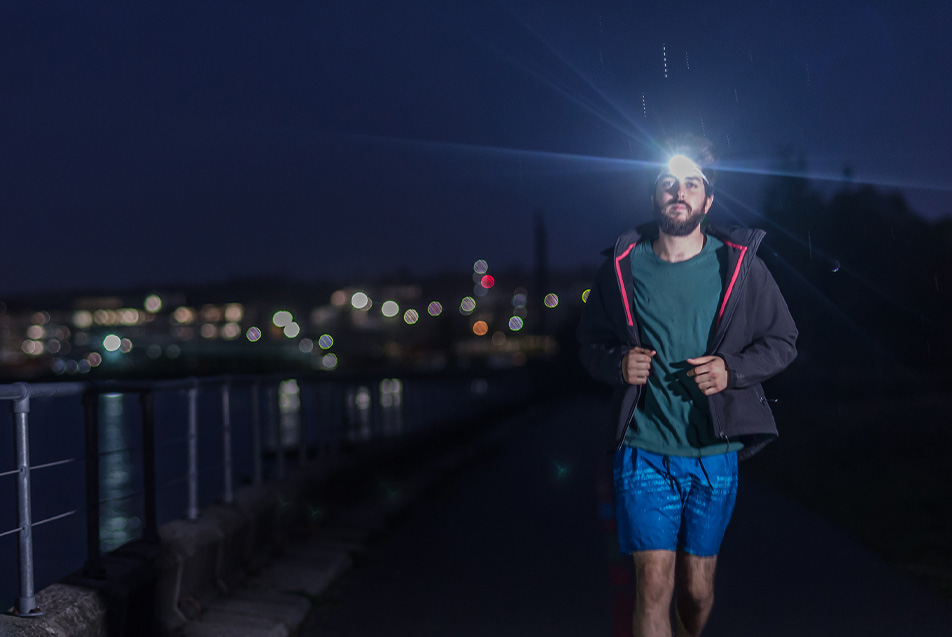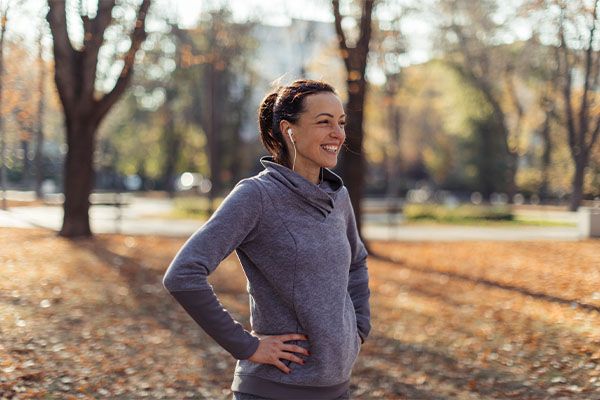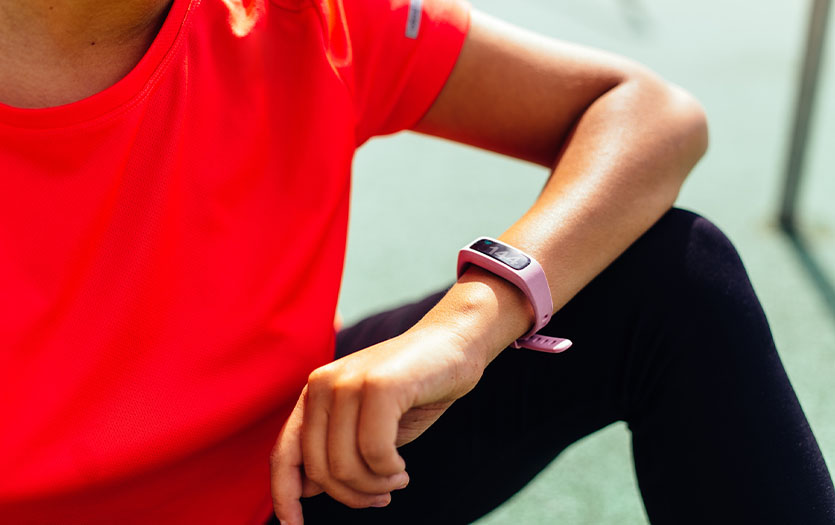
This post was written by Hiroki Tokunaga, MS, LAT, ATC, resident athletic trainer, Parkview Sports Medicine.
For runners, walkers and cyclists, hitting the pavement proves a bit more challenging as the amount of daylight dwindles down. The truth is that, while the early morning or evening hours might be the only time available to get your workout in, being on the road in the dark can prove extremely hazardous. It’s important to take the necessary precautions to protect yourself. Here are some dangers of working out in the dark and strategies to stay safe.
No. 1: Unfamiliar location
Running or riding in unfamiliar locations in the dark can increase the risk of injuries, such as ankle injuries (most commonly ankle sprains). Without adequate light, it can be hard to stay on even surfaces especially while running. Running on unpaved surfaces or stepping on cracks or rocks can cause your ankle to roll and lead to excessive stress. Avoid working out in unfamiliar locations and, if you must, use artificial lighting sources, such as a headlamp, to help avoid uneven terrain.
No. 2: Wearing dark clothing
When you work out in the dark, it’s difficult for others to see you, especially drivers, and other bikers or runners. While running into another athlete can lead to significant injury, a collision with a vehicle could result in death. This is why it’s imperative that you wear bright colors, such as yellow orange or white. Reflective gear and headlamps are also recommended. The more visible you are, the better.
No. 3: Working out alone
Enlisting a workout buddy has many benefits. They can help motivate you, but they can also be helpful in case you get injured, lost or approached by a stranger.
No. 4: Having the right gear
When it starts getting dark earlier in the day, it is likely that temperatures start dropping as well. Wearing too few or too many clothes can make it harder for your body to control body temperature. Adjust the amount of clothing you are wearing and consider the outside temperature before your workout so that your body can function properly.
These are just some of the dangers that accompany early morning and evening workouts in the fall and winter. With your goals in mind, make a plan to stay safe and stay on track. Be smart so that you don’t end up sidelined by an injury or bad experience.



